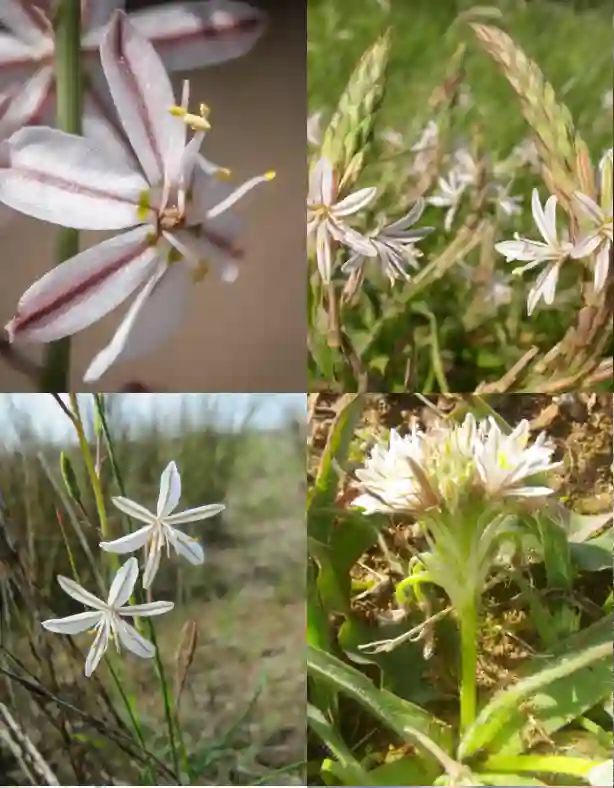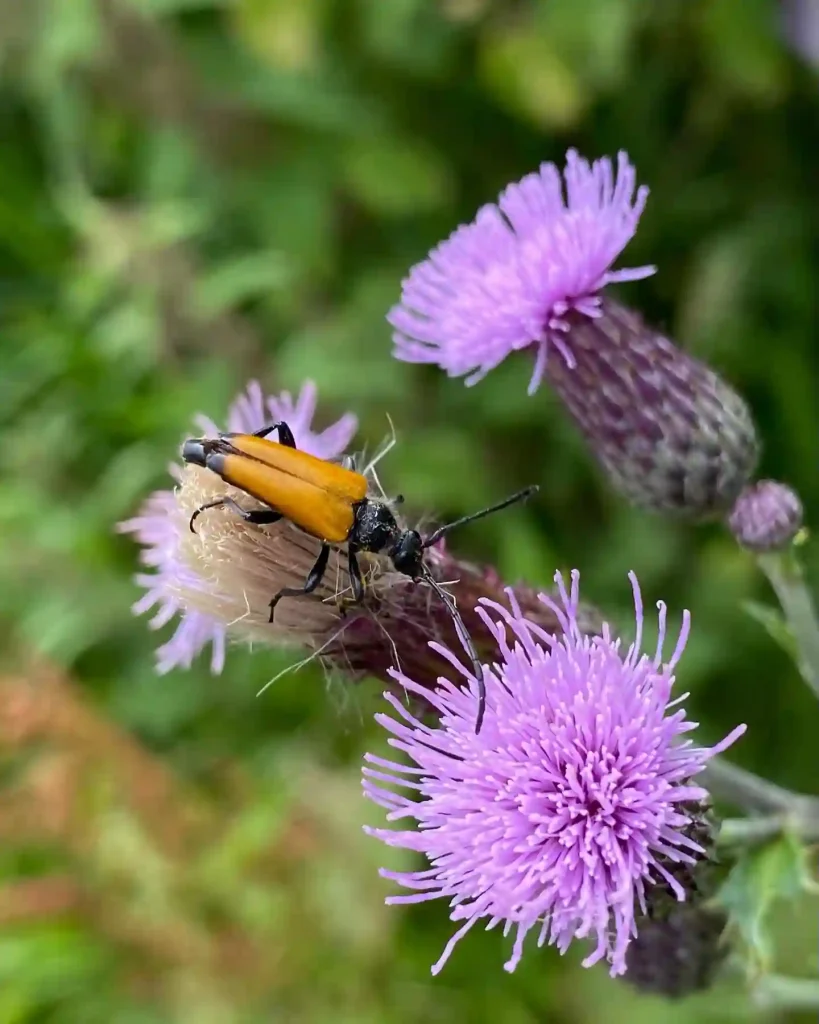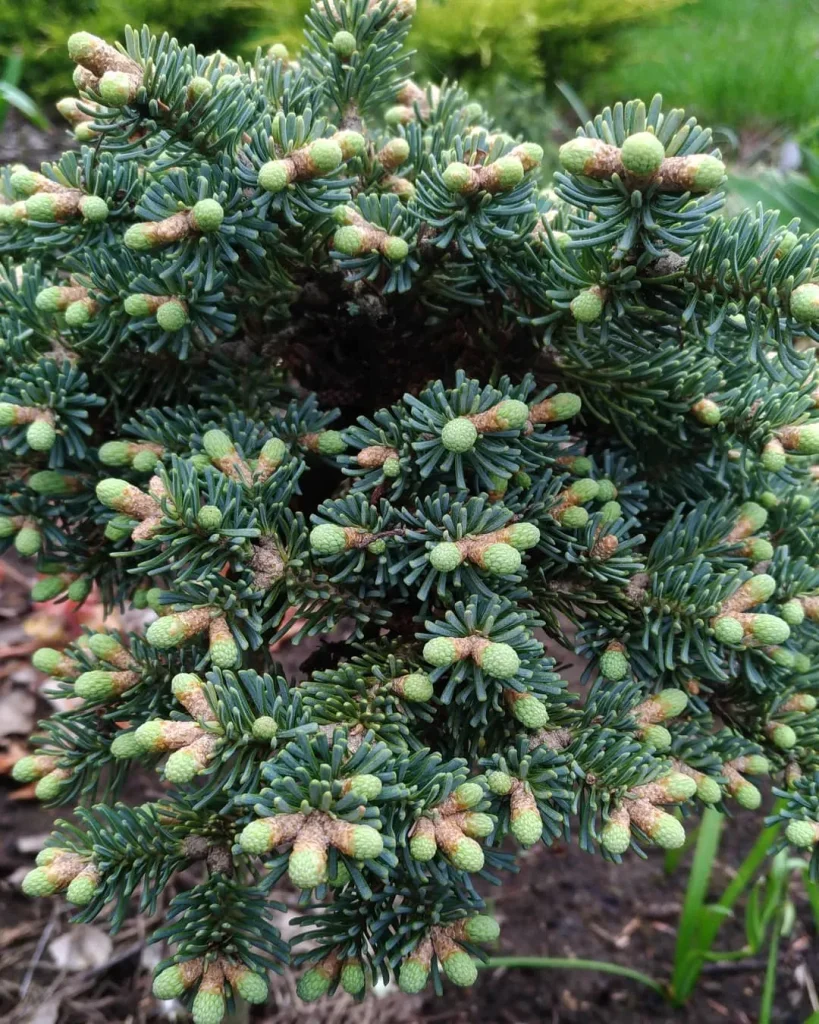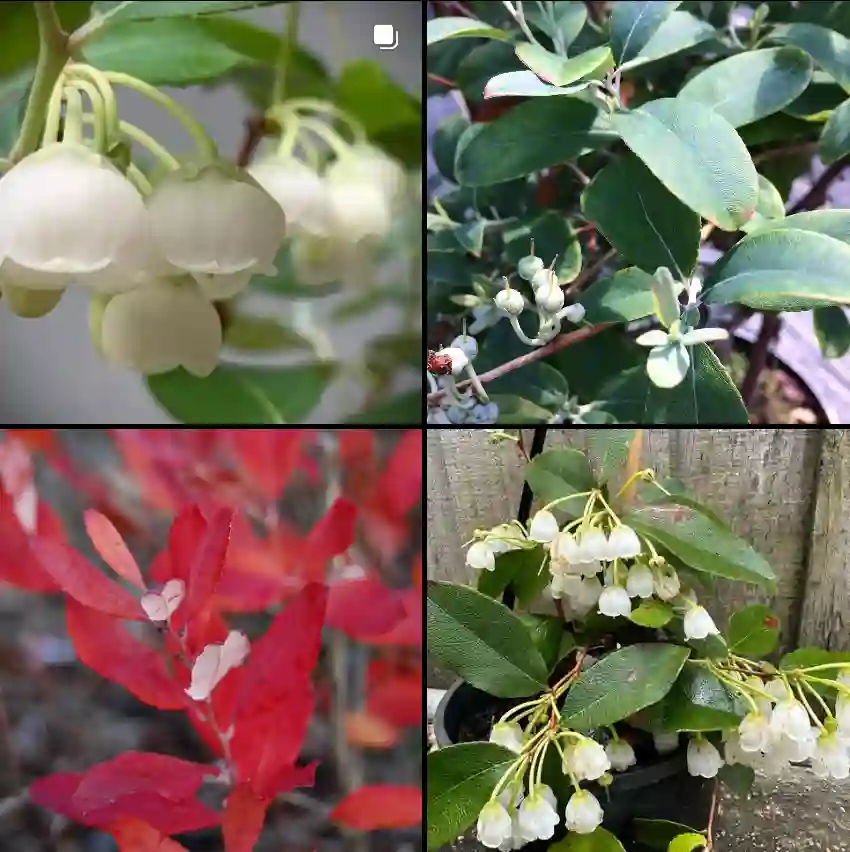Aglaonema Commutatum: The Ultimate Care Guide for This Stunning Houseplant
The Aglaonema commutatum, commonly known as the Chinese Evergreen, is a breathtaking houseplant that combines elegance with resilience. Its lush, deep green leaves adorned with striking silver-grey variegation make it a standout in any indoor space. Whether you’re a seasoned plant enthusiast or a beginner looking to add greenery to your home, this tropical gem is a perfect choice. In this comprehensive guide, we’ll dive into everything you need to know about the Aglaonema commutatum, from its unique characteristics to expert care tips and propagation methods.
26 Species in Genus Aglaonema
What Is Aglaonema Commutatum?
Native to the lush rainforests of the Philippines and northeastern Sulawesi, the Aglaonema commutatum belongs to the Araceae family. Often referred to as the Chinese Evergreen, this plant is celebrated for its compact, bushy growth and vibrant foliage. Its elliptic leaves, which can grow up to 8 inches long, feature a rich green base with intricate silver-grey patterns that create a mesmerizing visual effect.
While indoor blooming is rare, the Aglaonema commutatum may occasionally produce a white spadix (a spike-like flower) partially covered by a greenish-white spathe. In some cases, vibrant red berries follow, adding a pop of color to its already stunning appearance. Though historically called the “Poison Dart Plant,” there’s no evidence to support toxic use, and it remains a safe, pet-friendly option when handled with care.
Why Choose Aglaonema Commutatum?
- Low Maintenance: Perfect for beginners and busy plant owners.
- Versatile Aesthetic: Complements modern, minimalist, or tropical home decor.
- Air-Purifying Qualities: Helps improve indoor air quality, according to NASA’s Clean Air Study.
How to Care for Aglaonema Commutatum?
To keep your Aglaonema commutatum thriving, follow these essential care tips tailored to its tropical origins.
Light Requirements
Aglaonema commutatum flourishes in bright, indirect light, mimicking the dappled sunlight of its native rainforest habitat. Place it near a north- or east-facing window for optimal growth. Avoid direct sunlight, as it can scorch the delicate leaves, causing brown, crispy edges.
- Tip: If you notice faded variegation, move the plant to a brighter spot. Low light is tolerated but may slow growth.
Watering Needs
Proper watering is crucial for a healthy Aglaonema commutatum. Water when the top inch of soil feels dry to the touch, typically every 1-2 weeks, depending on your home’s conditions. Overwatering is a common mistake, so ensure the pot has drainage holes to prevent root rot.
- Tip: Use a moisture meter to gauge soil dryness, especially if you’re new to plant care.
Humidity Preferences
As a tropical plant, Aglaonema commutatum thrives in moderate to high humidity (50-60% or higher). Most homes have lower humidity, so consider these methods to boost moisture:
- Place a tray of water with pebbles near the plant.
- Group it with other houseplants to create a humid microclimate.
- Use a humidifier for consistent humidity levels.
Soil Requirements
Choose a well-draining potting mix designed for houseplants. A blend with perlite, peat moss, or orchid bark ensures proper aeration and drainage, preventing soggy roots. Avoid heavy, compact soils that retain too much water.
- Tip: Repot every 1-2 years to refresh the soil and promote healthy growth.
Temperature Range
Aglaonema commutatum prefers warm temperatures between 65°F and 80°F (18°C to 27°C). Protect it from cold drafts, air conditioning vents, or sudden temperature changes, which can stress the plant.
- Tip: Keep it away from windows during winter to avoid chilly drafts.
Fertilizing for Growth
Feed your Aglaonema commutatum with a balanced, water-soluble fertilizer (e.g., 10-10-10) every 4-6 weeks during the growing season (spring and summer). Reduce feeding in fall and winter when growth slows.
- Tip: Dilute fertilizer to half strength to avoid overfeeding, which can cause leaf burn.
Propagating Aglaonema Commutatum
Expanding your Aglaonema commutatum collection is easy with these two propagation methods:
1. Stem Cuttings
- Select a healthy stem with at least two nodes (the points where leaves attach).
- Cut below a node using clean, sharp scissors and remove the lower leaves.
- Plant the cutting in a pot with moist, well-draining potting mix.
- Place in a warm, bright spot with indirect light and keep the soil consistently moist.
- Optional: Use a heat mat to encourage faster rooting.
- New growth should appear within 4-6 weeks.
2. Division
- During repotting, gently separate a mature plant into smaller sections, ensuring each has healthy roots and foliage.
- Plant each division in its own pot with fresh, well-draining potting mix.
- Water thoroughly and care for them as you would an established plant.
- Tip: Spring is the best time for propagation, as the plant is actively growing.
Companion Plants for Aglaonema Commutatum
Create a stunning indoor jungle by pairing your Aglaonema commutatum with these low-maintenance houseplants that share similar care needs:
- ZZ Plant (Zamioculcas zamiifolia): Thrives in low light and requires minimal watering, making it an excellent companion.
- Snake Plant (Sansevieria trifasciata): Adds architectural flair with its upright leaves and tolerates similar light and water conditions.
- Philodendron Birkin: Its creamy-white variegation complements the Aglaonema commutatum’s silver-grey patterns.
Common Problems and Solutions
Even with proper care, issues can arise. Here’s how to troubleshoot common Aglaonema commutatum problems:
- Yellowing Leaves: Often caused by overwatering. Check the soil and reduce watering frequency.
- Brown Leaf Tips: Indicates low humidity or over-fertilization. Increase humidity and dilute fertilizer.
- Fading Variegation: Suggests insufficient light. Move to a brighter, indirect light source.
Why Aglaonema Commutatum Is Perfect for Your Home
The Aglaonema commutatum is more than just a beautiful houseplant—it’s a resilient, low-maintenance companion that brings tropical elegance to any space. With its striking foliage, air-purifying qualities, and forgiving nature, it’s an ideal choice for plant lovers of all levels. By following this care guide, you’ll ensure your Chinese Evergreen thrives, adding beauty and serenity to your indoor oasis.
If i die, water my plants!



